AI, recognition and sensors: the technology behind the new home alarms that anticipate risk
You might not have given it much thought, but the alarm system in your home or business uses far more technology than you probably realise. Here’s a closer look.
Technology has entered the home, it’s already part of our daily lives, and that presence will only grow. It started with the smart TV, but connectivity quickly spread to other devices: the phone, the vacuum cleaner, the alarm system, the smart speaker, the food processor, the washing machine… The rise of the Internet of Things (IoT) in our homes is now undeniable.
And the data backs it up. A study by Statista shows that by 2025, 20% of Spanish households will be using connected devices to automate domestic tasks. That figure is especially significant when compared to previous years: just 6% in 2017 and 12.5% in 2022.
Another analysis, this time by reichelt elektronik, reveals that 71% of Europeans now own at least one connected device. The most common uses include accessing entertainment, using voice assistant services, and improving home security, often through integrated alarm systems.
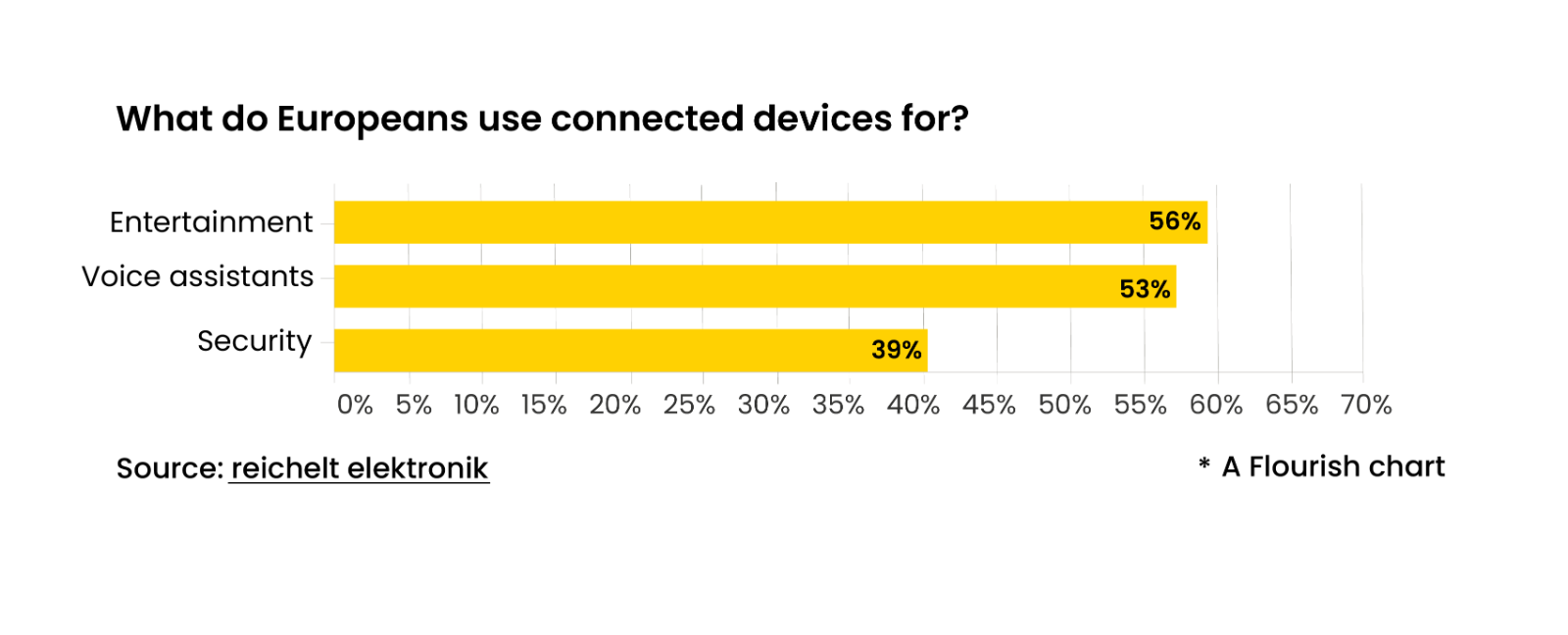.png)
The technology behind your alarm
You may not have given it much thought, but there’s a broad range of technologies working behind the scenes to protect both homes and businesses. Within this space, Prosegur Alarms designs its portfolio of security solutions through connected devices and the innovation that powers them.
1. Devices: intelligent recognition and monitoring
When it comes to security, being able to see what’s happening is essential. Prosegur Alarms systems are equipped with cameras that allow users to monitor their home or business in real time. In addition to a red warning light (which acts as a deterrent against potential intruders), the system features intelligent recognition technology capable of identifying people, pets and sounds, as well as a two-way audio function.
Within the home or business premises, users can manage their entire security system via a communication panel connected to the router, equipped with anti-jamming technology to prevent manual interference. Whether they’re on-site or away, users can control the full system remotely through Smart, the app provided by Prosegur Alarms. It allows them to arm and disarm the alarm, schedule settings, view live footage, check the system’s status, or request images from video detectors, among other features. As of today, nearly 620,000 clients use this app.
2. Artificial intelligence: pattern detection and analysis
AI has brought clear progress, not only in developing capabilities that go beyond human performance, but also in analysing data to anticipate future scenarios. That’s precisely the role it plays at Prosegur Alarms.
The company, which processes over 2,000 hours of footage per year for its clients, uses data from security cameras to identify unusual patterns and behaviours, detect intrusions in real time, and issue early warnings of any incidents. The aim is also to enhance the capabilities of alarm monitoring centres by going beyond the limitations and biases of human attention.
Moreover, this technology is designed to go further. For instance, in the case of a business, it can remind the user to activate the alarm based on regular opening hours. Similarly, it knows when the premises should be empty, and takes action if that’s not the case. Ultimately, the company’s AI algorithms are built to detect and anticipate risks based on both historical and real-time data.
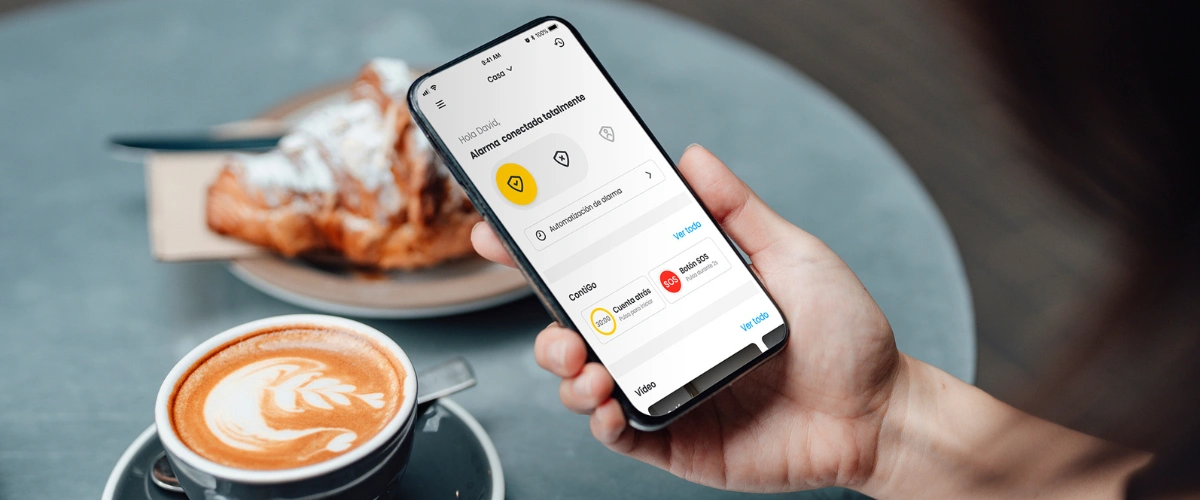
3. Connected sensors to prevent intrusions
The company’s alarm systems include connected sensors designed to detect potential threats such as intrusions. Magnetic detectors, installed on windows and doors, link the alarm system to specific zones of the property. Meanwhile, indoor camera detectors, which can be placed in any room, are one of the key tools used by the Alarm Receiving Centre (ARC). In the event of an intrusion alert, these devices allow professionals to verify what’s happening inside the home or business in real time.
Outdoor camera detectors serve a preventive role, identifying possible intrusions before they even occur. In parallel, the Contigo service offers personal protection outside the home via the client’s smartphone. This includes features such as the SOS Button, which allows the user to trigger an emergency alert simply by pressing the button in the Smart app. Once Prosegur locates the user and can see and hear what is happening, its immediate assistance protocol is activated.
Contigo is also proving useful thanks to the Countdown feature. If a user is making a journey and feels unsafe, they can activate the function for the duration of the trip. If they don’t confirm their safe arrival, the emergency protocol is triggered automatically. These services are part of the company’s wider growth strategy, which also includes anti-robbery coverage and home insurance, among other offerings.
For Cabrerizo, the key word in all of this is innovation. “Through active and constant listening to our customers, we innovate to adapt to their evolving security needs with the highest-quality service.”
After all, “technology — and the way users interact with their alarms — has completely transformed the paradigm of this industry. In this landscape, staying at the forefront is essential to consistently deliver the best possible service to the customer.”
Technology

How Prosegur Alarms’ AI works
The arrival of AI has marked a major leap forward. “We receive nearly half a million calls every month. Thanks to AI, we can record all of them, convert them into text, analyse the content, and refine our insights, all while ensuring service quality,” explains Javier Cabrerizo, CEO of Prosegur Alarms.
This technology learns from its own experience, meaning that “the best solution given to one customer will be automatically applied when the same issue arises in another call.” In fact, a large proportion of incoming calls relate to simple queries, which is why “AI analyses the content of each call and prioritises those that are more urgent or relevant, helping us optimise the response capacity of our operators.”
Generative AI is also used “as a virtual assistant that new operators can turn to for support, helping them resolve doubts and respond to any question a customer might ask, by drawing on previous call records, reports, and available documentation.”
Nearly 1 million connections
By the end of 2024, the company had over 960,000 active connections across the nine countries where it operates: Argentina, Colombia, Chile, Paraguay, Peru, Portugal, South Africa, Uruguay, and Spain, through Movistar Prosegur Alarms, a 50/50 joint venture with Telefónica.



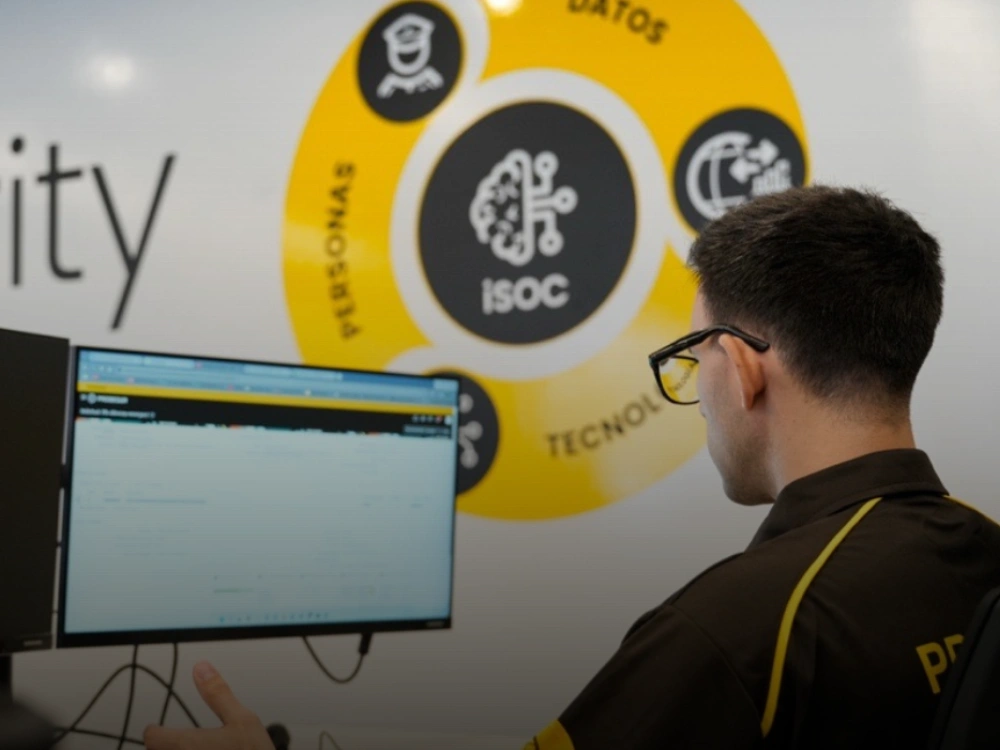
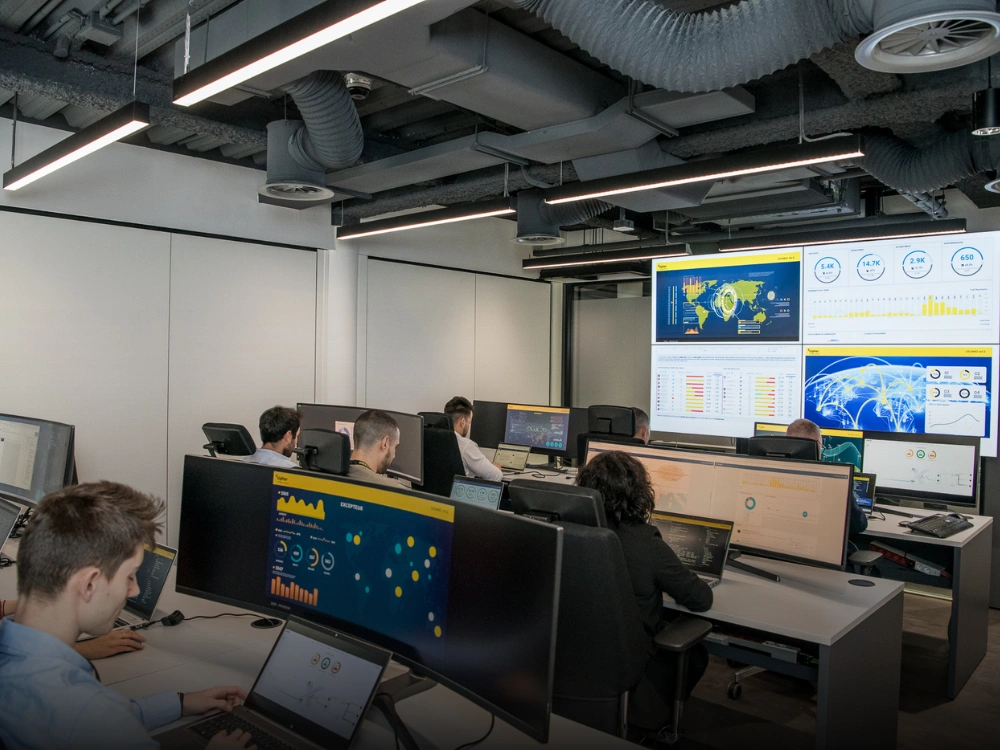
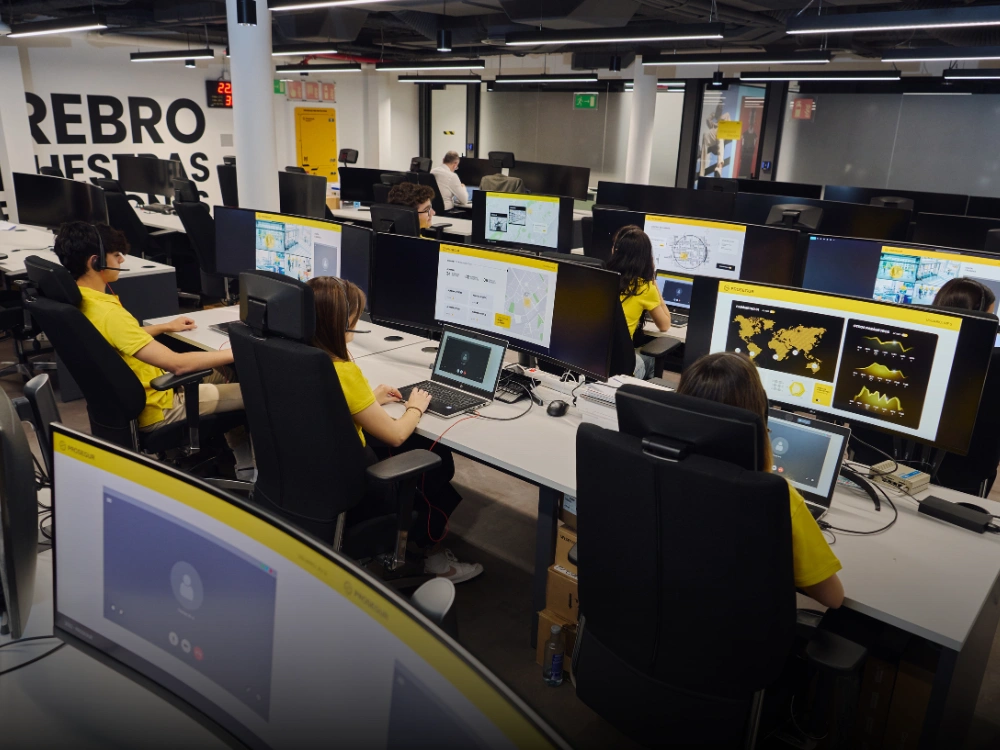
.webp)


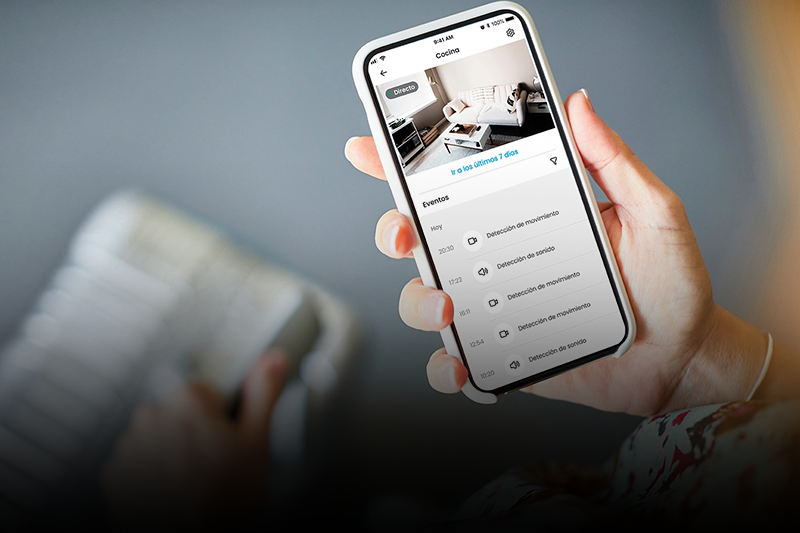
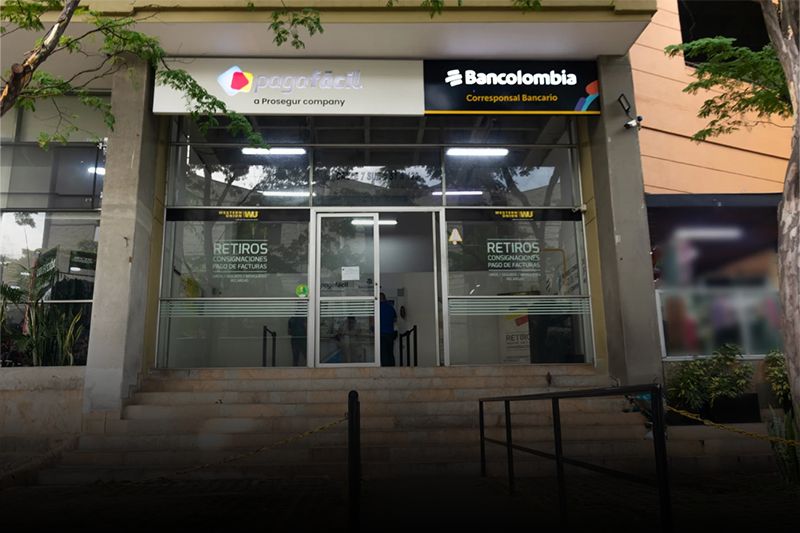.webp)

.webp)
